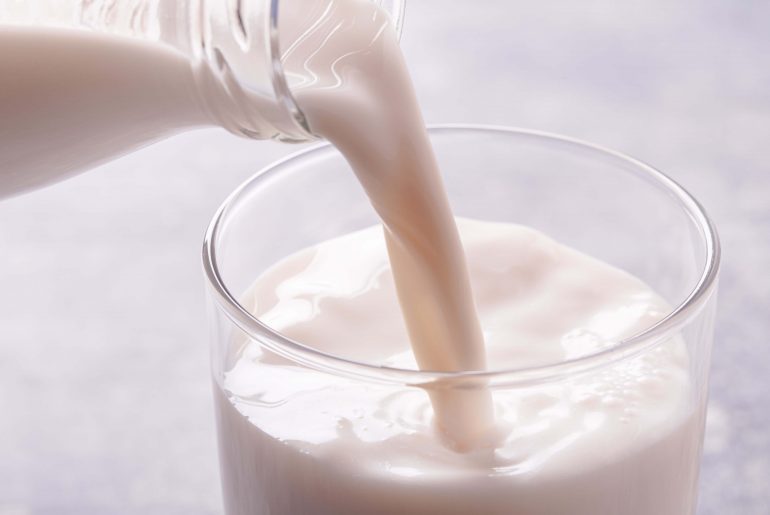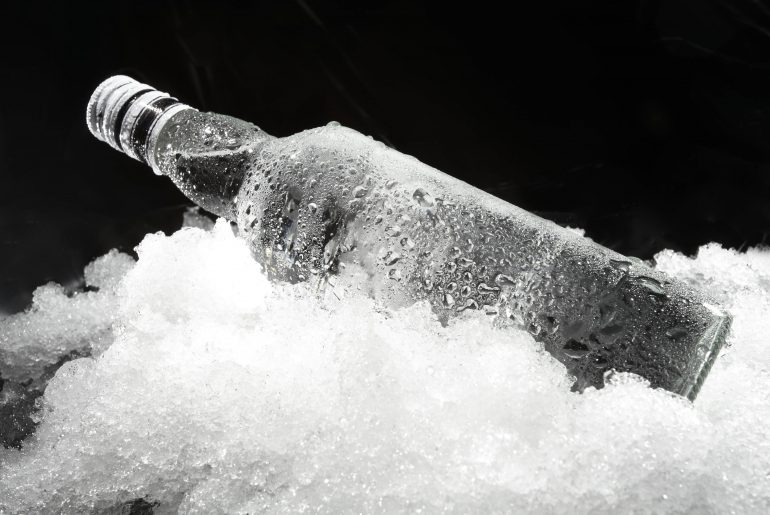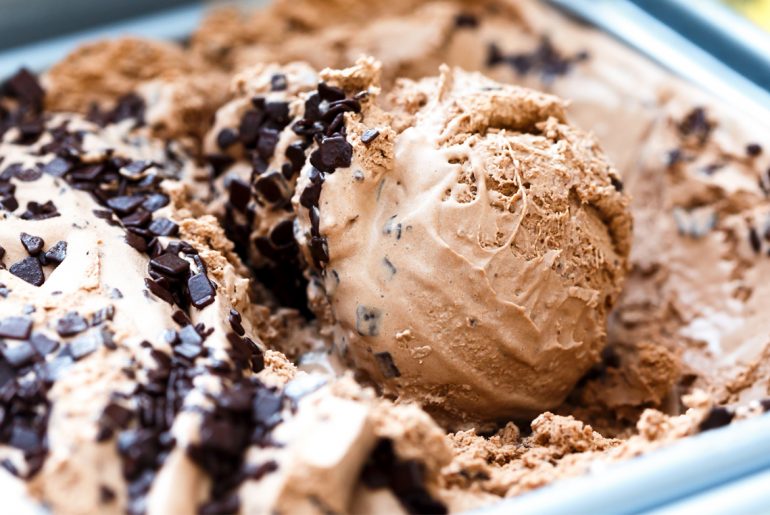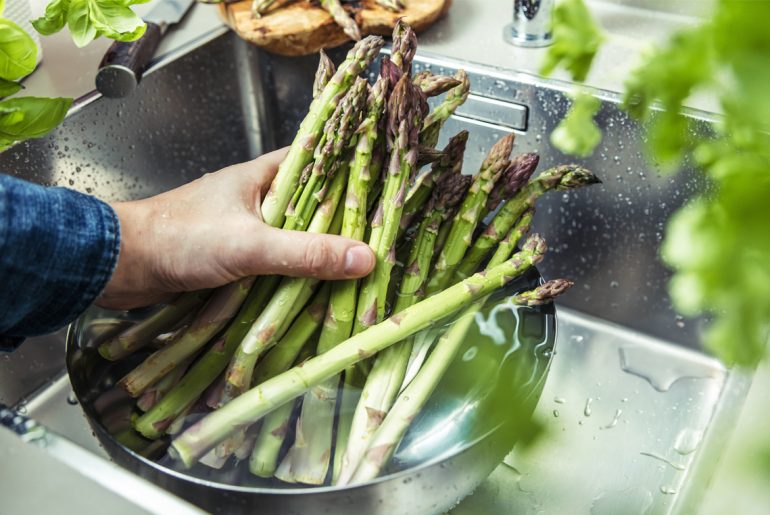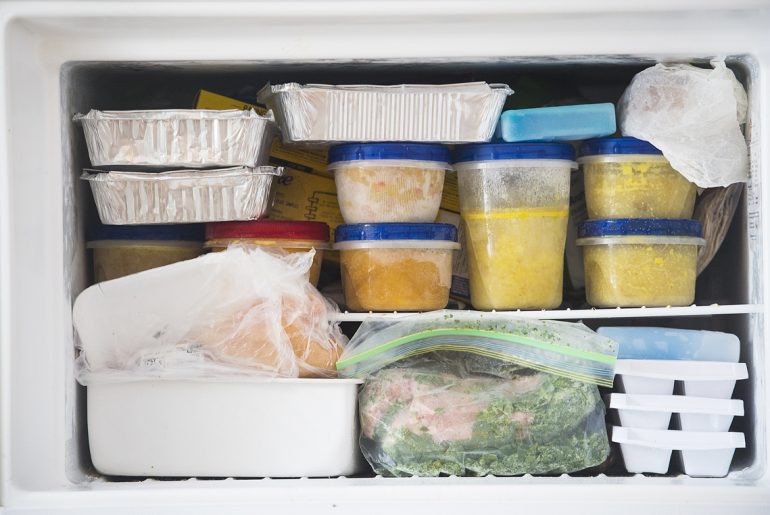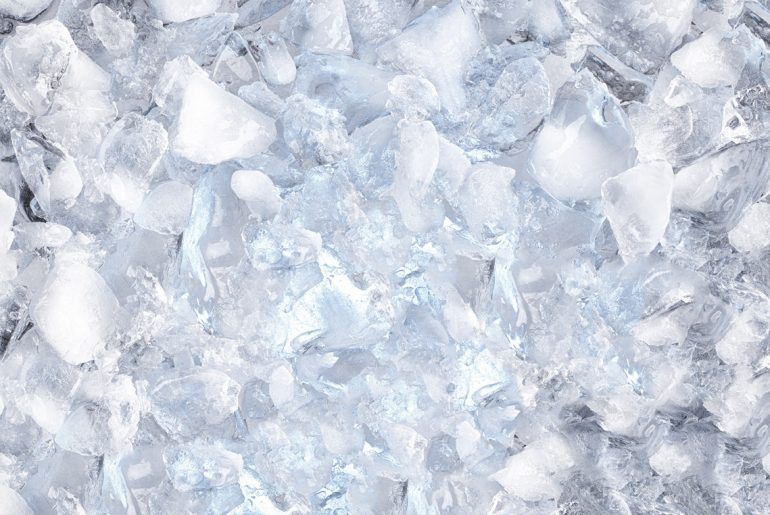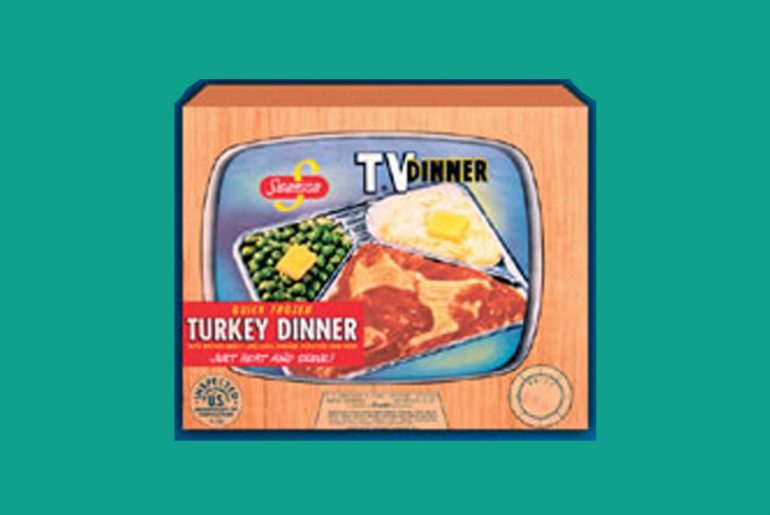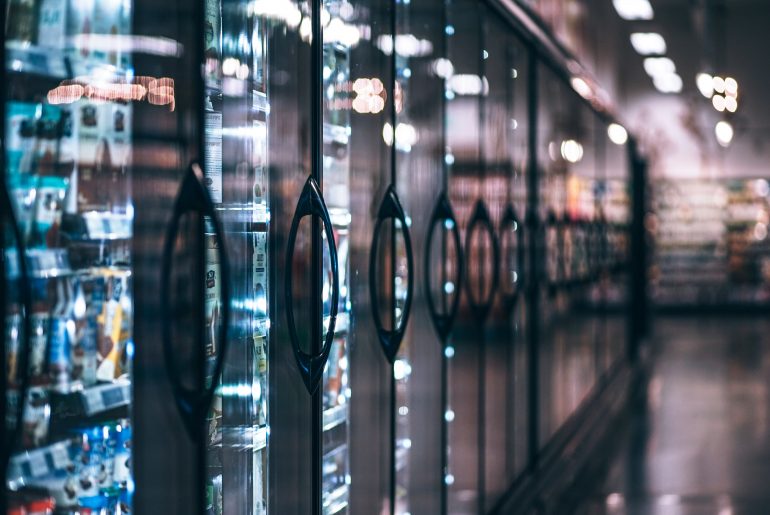Buy too much and it goes bad. Buy too little and your morning cereal might be left dry. If you’re constantly fighting the battle of how much milk to buy, you might find it helpful to know that milk can, in fact, be frozen. By freezing milk, you can be sure you’ll have enough to last you through a shortage, whether that be a coronavirus pandemic or simply a miscalculation on the amount you’ll need while making holiday recipes. Milk can also be expensive at times, so if you see it on sale, you can use this simple trick to help stock up and save some money. Also read: Keep milk out of the fridge door, and other storage tips. Here’s what you need to know about freezing milk. How to freeze milk Step 1: Choose a milk. Because freezing liquids can often cause fat to separate, skim and low-fat milks…
How to freeze cauliflower
Cauliflower is a versatile vegetable that’s great to have on-hand for soups, stir-fries, and more. It’s a low carb/keto lovers dream since it can be substituted for for pizza crust, rice, and even mashed potatoes. Cauliflower can stay fresh in the fridge for two or three weeks, but it comes in such large-sized heads, if you don’t have a large family, you might need to save some for later. Also see: How to freeze broccoli. Even if your family snacks on cauliflower all the time, the shape and size of a whole head can take up some serious space inside a smaller fridge. Putting in a bit of prep work to freeze it might help you save money, make less food waste, and have portions of cauliflower florets ready to go anytime you need them. Thawed cauliflower works best in cooked or sautéed. Since it loses a bit of firmness,…
This is why vodka doesn’t freeze
Vodka drinkers often like to keep their favorite alcohol chilled in the freezer. It gets nice and frosty, yet it never freezes solid. So what gives? Will vodka ever freeze? The short answer: Yes it freezes, but it’s not something you have to worry about in your home freezer. It all has to do with the scientific phenomenon known as the freezing point, or the temperature at which a substance freezes. This temperature varies depending on the make up of the substance. A bottle of vodka is made up of primarily water and grain alcohol, or ethanol. Water freezes at 32ºF or 0ºC, but pure ethanol has a freezing point much lower, –173ºF or -114ºC. Because vodka is a blend of these two substances, each which comes with its own freezing point, vodka doesn’t freeze at the same temperature as either water or ethanol, but rather somewhere in the middle.…
You might be storing your ice cream all wrong
It’s extra hot outside, but that doesn’t have to bother you — mostly because it’s the perfect excuse to enjoy an extra scoop of ice cream. (Is there really anything better than ice cream on a hot summer day?) But before you go and load your freezer full of pints of your favorite flavors, you may want to consider how you’re handling that frozen treat. Ice cream is a perishable product, and it needs to be treated with care. Whether ice cream lasts in your house a few days or a few months (who are these people?), you should pay attention to how you’re storing and handling it. Of course the easiest way to deal with ice cream is buying it and eating it in one sitting. (You may take this as your permission to do so — after all, food waste is a huge concern nowadays.) But, if you’re…
How to freeze asparagus
Asparagus is one of the first official signs of spring and a promise that more homegrown produce is right on its heels. All winter long we wait for those green spears to show in the garden, but just like that, warm weather hits and the season is over. If you’re getting into June and you still have an abundance of asparagus in the ground, don’t fret. Freezing it means you’ll have asparagus spears available for the whole year to come. 1. Go homegrown Only bother freezing locally grown asparagus while it’s in season for your area. Asparagus that has been shipped from other states, or even internationally, will almost always be less tender and have less flavor — not a good place to start. 2. Size matters The spears you select for freezing should be at least as thick as a pencil. Thinner spears don’t hold up very well in…
Foods you should never freeze
Your freezer allows you to do everything from plan meals ahead to eliminate food waste. While you can usually throw in most dinner dishes or leftovers and be fine, the super cold temperature isn’t ideal for all foods. Certain ingredients can morph into something gross once thawed or even become a health hazard. The freezer has it’s limits. Here are some foods that just shouldn’t be frozen: Milk While it would be nice to have a few quarts of this staple item stowed away, milk stored in the freezer can separate into chunks and turn watery when it thaws. It is still technically safe to consume when this happens, but the consistency won’t be anything like what you would expect for your morning coffee or cereal. If you absolutely must free milk, try putting it in an ice cube tray to lessen the effect. Pull it out, and you won’t…
Get your ice cubes to stop sticking with this easy trick
If you’re like many Americans, the ice cube maker on your refrigerator is broken no less than 364 days a the year — and that’s if you’re lucky enough to have one. Most of us still rely on the ancient technology that is ice cube trays. But even trusty trays come with problems. With only 12 cubes per freeze (24 if you’re fancy and have two trays!), you’re out of ice in no time, especially if you are entertaining. You probably freeze cubes ahead of time and store then in your freezer’s side bid or even a plastic bag. But right when you go to gather the fruits of your pre-planning labor, you find your cubes have fused together into an enormous indoor iceberg. Yuck! Avoiding this situation in the future is a total cinch. Don’t let your ice cubes stick together in the first place. Here’s how: Also see, the difference…
The first TV dinner was a Thanksgiving feast
While you may not think America’s most celebrated homemade holiday feast has anything to do with a modest frozen TV dinner, the two forever share a slice of history. The first mass produced TV dinner was, in fact, literally made from Thanksgiving leftovers. As the story goes, in 1952, someone in charge of purchasing at Omaha-based C.A. Swanson & Sons seriously overestimated how much turkey Americans would consume that Thanksgiving. With 520,000 pounds of frozen turkey to unload, a company salesman named Gerry Thomas had a light bulb idea. Thomas, having been inspired by the neatly packaged Pan Am Airlines airplane food, ordered 5,000 aluminum trays. He recruited women, armed with scoops and spatulas, to run his culinary assembly line, and work began making mini Thanksgiving feasts full of turkey, corn-bread dressing, peas, and sweet potatoes, thus creating the first-ever TV dinner. The original TV Dinners sold for 98 cents…
Freezing herbs and other methods to make them last all winter
The cool, fall weather has been here long enough that most gardens are finally on their last leg. For many, the biggest draw of a home garden is the easy access to fresh herbs. But soon it will be too cold, and there won’t be any herbs left to pick straight from the garden. So what can you do to prolong access to your herb garden? Each herb favors different types of treatments, so Doug Oster, garden editor for the Tribune-Review and Everybodygardens.com gave us the dirt on how to best save each of the common herbs in the coming winter months. Move herbs Indoors If you grew herbs in containers this summer, some of them may continue to thrive if you bring them indoors. “There are certain herbs that will happily keep going on the window sill,” said Oster. “Rosemary, thyme, sage, mint, lemon balm. Those will be happy to limp along near a window indoors. They’re not going to look…
You can thank this woman for your convenient frozen dinner
What’s for dinner tonight? If you’re considering anything that comes from the freezer, you can thank Mary Engle Pennington. Pennington, “The Ice Lady,” was a pioneer in food preservation. As the population of the United States shifted from the countryside into the city in the early 20th century, people began turning to grocery stores for their entire food supplies. The lure of the Industrial Age left families without the relative ease and safety of food they once had in their backyard farms. But there were no standards for safe food handling or storage at the time, and as a result, many frozen or refrigerated foods were rightfully deemed unsafe. Among other issues, people complained their foods arrived to their grocer spoiled, dried out and even moldy. Hundreds died and thousands became sick every year after consuming contaminated foods — particularly eggs, milk, fish and poultry. Pennington was a key scientist in the passage of the landmark…

